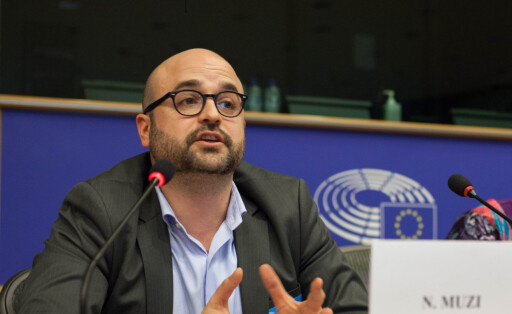


In February, a group of experts convened at the request of the EU Commission will present its final report on the social categorization of economic activities. The goal: to provide guidance for investors on sustainable financial products. Like the green taxonomy, the project is fraught with conflict.
By Redaktion Table



Lithium mining in Europe is a cornerstone of climate targets. In the Ore Mountains, mining is scheduled to begin in 2025. However, after a charm offensive in past years, the project has become conspicuously quiet.
By Redaktion Table




